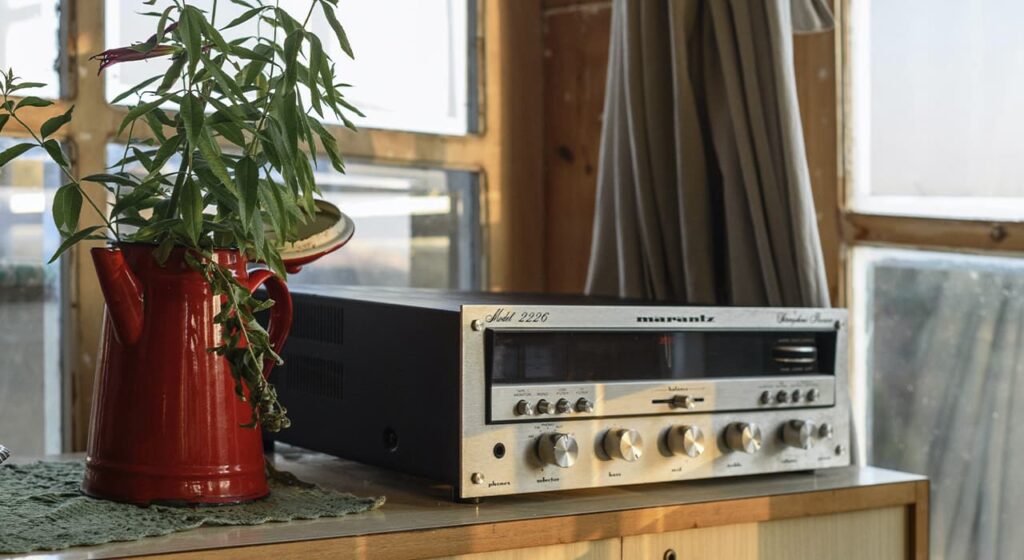
Dozens and hundreds of articles have been written about radio broadcasting technology, although everything is logical in this field: there is a transmitter, there is a receiver, and there is a signal. The easiest way to find the elements of this circuit is to look it up in a Wikipedia article.
Radio stations use radio transmitters of different power, depending on which transmit information at different distances. The listener has a radio receiver that receives electromagnetic radiation and converts it to sound. The sound is modulated in two ways – amplitude (this is AM) and frequency (FM proper).
Separately, the software that is used in radio broadcasting can be considered. In essence, the program through which the broadcast goes on the air is the main tool for the on-air staff of the radio station. Automated broadcasting packages such as Digiton, DJin, or Sam Broadcaster are used to put all the content on the air.
The tasks of such software are to organize the work with on-air content and bring everything together: commercials, music, design, recorded programs and live broadcasts.
The structure of the programs is similar: there is a workspace, which displays the current state (what is playing, what will go on the air next), there is a breakdown by hours: every hour is filled according to the broadcasting schedule, which is made by the program director.
In the workspace, all manipulations are done by drag’n’drop, files are pulled from folders to which the program has access. In addition to the workspace, there is a jingle machine that runs the design elements, liners, jingles, and interludes.
It’s controlled not only with the mouse and keyboard, but also from the DJ console (the corresponding “tracks” and faders can automatically turn on the next track or start a jingle, it all depends on the settings). Simply put, the program is “zipped” everything, the entire broadcast.
If the program shuts down, it’s an emergency-level event, because all broadcasting functions are tied to it. Of course, serious radio stations have a reserve disk for such cases from which music is simply played so that the broadcasting is not “silent” while the software is “up” because, for example, commercials and recorded programs cannot be aired without it.
Programs for automation, however, vary. In the professional community most often praise DJin, because it has the most fine-tuning. But it also costs more than other complexes.
In turn Digiton, though cheaper, often “strains” its clumsiness and independence. The program sometimes says unpredictable things, itself switches tracks or fails to start jingles, and such mistakes are destructive for the airwaves. Nevertheless, it is almost as popular as DJin.
Any number of staff can maintain a radio station – it all depends on its size and tasks. There are small regional stations with three marketing specialists, two DJs and an editor, and there are giants with three hundred people with promotional departments, commerce, editorial staff, PR-service, warehouse, security and the board of directors.
The average radio station, in addition to DJs, has a program director who builds the broadcasting grid, an on-air editor, a commercial director, a sound engineer to work with sound and post-production, and a promo department.
There are radio stations that broadcast all over the country – federal, and there are those that work only for their region. Often regional radio stations do not have their own airwaves and retransmit Moscow stations. In this case, the regions are allocated a few hours of their own airtime and time for local advertising (this is stipulated in the franchise agreement).
New radio stations are opened, even despite the complexity of the process and the vague prospects for profit. In order to open an FM radio station, a concept is prescribed, a legal entity is registered, the exact location coordinates for the transmitter, documents are collected, a tender for a frequency is held, which is arranged twice a year, and so on.
The main factor by which we distinguish (or not) from each other radio stations is the format. The format is made up of what and for whom the airwaves are filled. In the classic division there are about 14 formats, such as AC (Adult Contemporary), CHR (Contemporary hit radio), classical, rock, etc., which, in turn, are divided into sub-formats. The division is based on the age of the audience and the musical content.
It should be understood that this division into formats is very relative, and today it is quite difficult to find a “purebred” rock radio station or AC format – under the conditions of fierce competition strong stations are in search and constantly bring out new formats, combining several old ones into one.